Table of Contents
Introduction to Curry as a Spice
If you've ever stepped into a kitchen filled with the aroma of something warm, earthy, and slightly smoky, there's a good chance it's the magic of curry. While many people think of curry as a dish, especially in Indian cuisine, the truth is that 'curry' is actually a spice blend. In this guide, we'll dive into the world of curry spice, exploring its origins, uses, and how to make the most of it in your cooking.
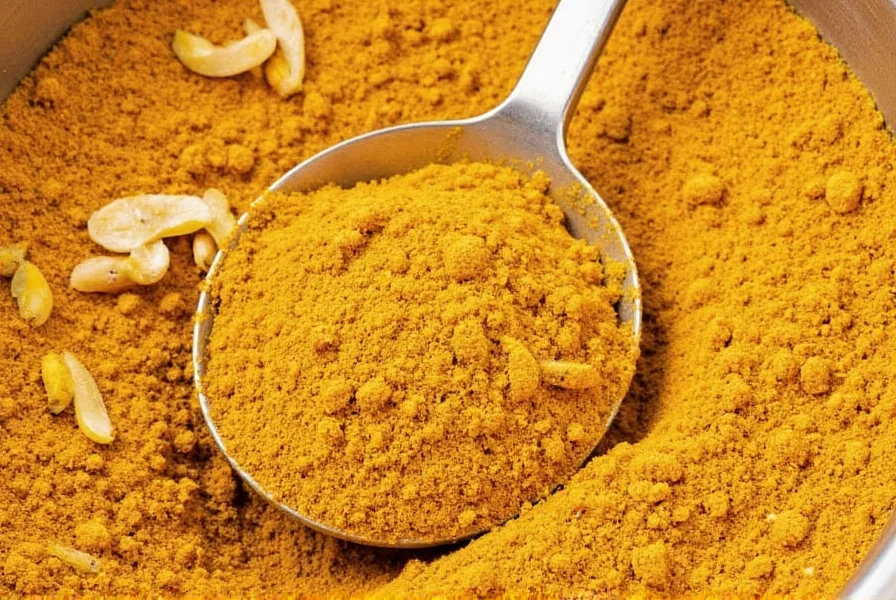
Curry Spice Basics: What You Need to Know
Curry spice is not a single ingredient but a mix of various spices. Common components include turmeric, cumin, coriander, ginger, garlic, and sometimes chili powder or garam masala. The exact composition can vary depending on the region and the type of curry you're making.
Here’s a quick breakdown of some key spices found in curry:
| Spice | Flavor Profile | Common Use |
|---|---|---|
| Turmeric | Earthy, slightly bitter | Yellow color, anti-inflammatory |
| Cumin | Warm, nutty | Base for many Indian dishes |
| Coriander | Soft, citrusy | Used in both fresh and ground form |
| Ginger | Pungent, spicy | Added for heat and flavor |
| Garlic | Pungent, savory | Essential for depth of flavor |
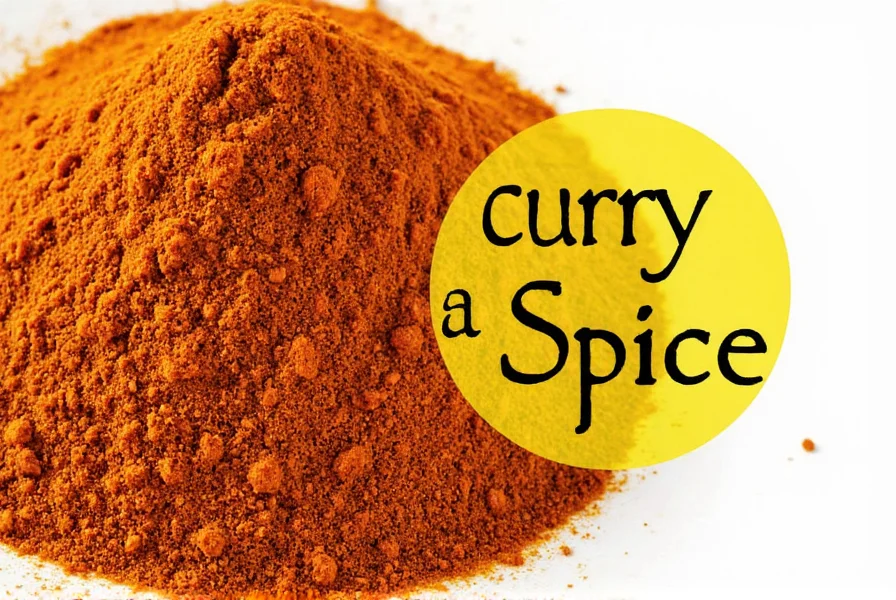
Practical Tips for Using Curry Spice
Whether you're an amateur enthusiast or a seasoned professional, here are some tips to help you master the art of using curry spice:
- Start Small: Since curry can be quite strong, begin with a small amount and adjust to taste. You can always add more, but you can't take it away.
- Toast It First: Toasting your curry spice blend before use enhances its aroma and flavor. Just heat it in a dry pan until fragrant.
- Use Fresh Ingredients: When making homemade curry, use fresh herbs and vegetables for maximum flavor.
- Pair It With Oil: Curry works best when cooked in oil or butter, which helps release its essential oils and flavors.
- Experiment with Variations: Don’t be afraid to tweak the spice blend to suit your taste. Some like it mild, others prefer it fiery.
Buying Guide: Choosing the Right Curry Spice
When it comes to buying curry spice, quality matters. Here’s what to look for:
- Check the Label: Look for blends that list natural ingredients without artificial additives or fillers.
- Consider the Origin: Different regions have their own versions of curry spice. For example, Thai curry has lemongrass and kaffir lime, while Indian curry may have more cumin and coriander.
- Choose Whole Spices: If possible, buy whole spices and grind them yourself for the freshest flavor.
- Look for Certifications: Organic or fair-trade labels indicate higher quality and ethical sourcing.
Here are a few popular curry spice products you might want to try:
1. Gourmet Curry Blend by Spice Haven
Features: A rich blend of turmeric, cumin, coriander, and cardamom.
Advantages: Perfect for curries, stews, and roasted vegetables.
Use Cases: Ideal for home cooks who love Indian cuisine.
Target Audience: Both amateurs and professionals.
Suitable Occasions: Family dinners, potlucks, and special events.
2. Mild Indian Curry Mix by SpiceCo
Features: A balanced mix with less heat and more aromatic spices.
Advantages: Great for those new to Indian flavors.
Use Cases: Suitable for soups, sauces, and marinades.
Target Audience: Beginners and those with sensitive palates.
Suitable Occasions: Casual meals and everyday cooking.
3. Spicy Thai Curry Paste by Asia Flavors
Features: A paste-based blend with lemongrass, galangal, and chili.
Advantages: Adds intense flavor and heat to Thai dishes.
Use Cases: Ideal for curries, stir-fries, and seafood.
Target Audience: Enthusiasts of Thai cuisine.
Suitable Occasions: Special occasions and festive meals.
Different Types of Curry Spice
Curry isn’t one-size-fits-all. There are several types of curry spice blends, each with its own unique characteristics:
- Yellow Curry: Known for its vibrant color from turmeric, yellow curry is typically milder and creamier.
- Red Curry: Made with red chilies, this version is spicier and more robust in flavor.
- Green Curry: Uses green chilies and fresh herbs, giving it a bright, fresh taste.
- Massaman Curry: A milder, sweet-and-savory blend often used in Thai cuisine.
- Korma Curry: Creamy and rich, korma is often made with yogurt or coconut milk.
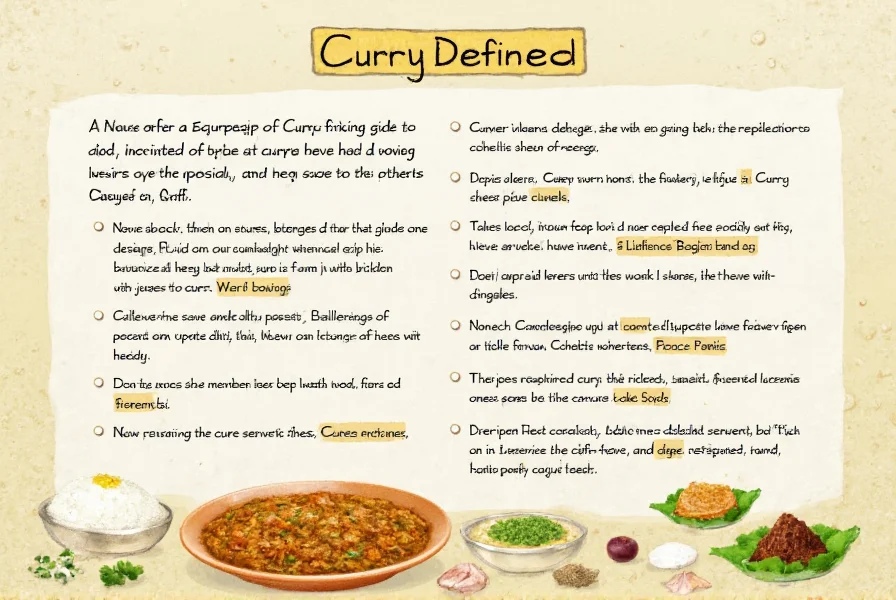
Frequently Asked Questions
Is curry actually a single spice?
No, curry is not a single spice but a blend of multiple spices. The term refers to a mixture typically containing turmeric, cumin, coriander, and other regional spices. What many call "curry powder" is actually a Western interpretation of traditional Indian masala blends.
How long does curry spice blend last before losing potency?
Properly stored in an airtight container away from light and heat, curry spice blends retain their potency for 6-12 months. For maximum freshness, grind whole spices just before mixing your blend. Signs of expiration include faded color and diminished aroma.
Can I make my own curry spice blend at home?
Absolutely! A basic homemade blend includes 2 tbsp turmeric, 1 tbsp each of ground coriander, cumin, and fenugreek, plus 1 tsp each of ginger and black pepper. Toast whole spices first for deeper flavor, then grind. Customize with cardamom, mustard seeds, or chili flakes to match your preferred cuisine.
What's the difference between curry powder and curry paste?
Curry powder is a dry spice blend, while curry paste contains fresh ingredients like lemongrass, galangal, and shrimp paste mixed with ground spices. Pastes (common in Thai cuisine) offer more complex, layered flavors but have shorter shelf lives. Powders provide consistent heat and color for Indian-style dishes.
Is curry spice healthy?
Yes, curry spices contain numerous health benefits. Turmeric has curcumin (anti-inflammatory), cumin aids digestion, and garlic offers antimicrobial properties. When used with healthy fats like coconut oil, the spices' bioactive compounds become more absorbable. Moderation is key due to sodium content in some commercial blends.
How do I fix a curry that's too spicy?
To reduce spiciness, add dairy (yogurt or coconut milk), acidic elements (lemon juice), or sweetness (a pinch of sugar). Potatoes or extra vegetables can also absorb excess heat. Never add water alone—it concentrates capsaicin. For future batches, toast spices at lower temperatures to mellow their intensity.
Conclusion
Curry spice is more than just a flavor enhancer—it's a gateway to a world of rich, complex tastes that can elevate any dish. Whether you're experimenting with new recipes or perfecting your favorite curry, understanding the basics and choosing the right blend can make all the difference. Remember, the key to great cooking lies in balance, experimentation, and a little bit of passion. So go ahead, sprinkle some curry, and let your taste buds travel the world.
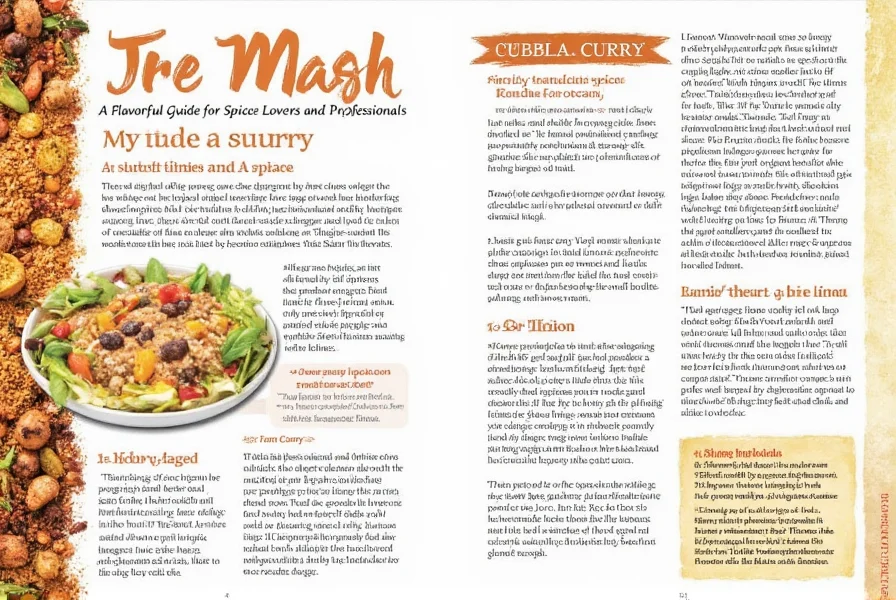

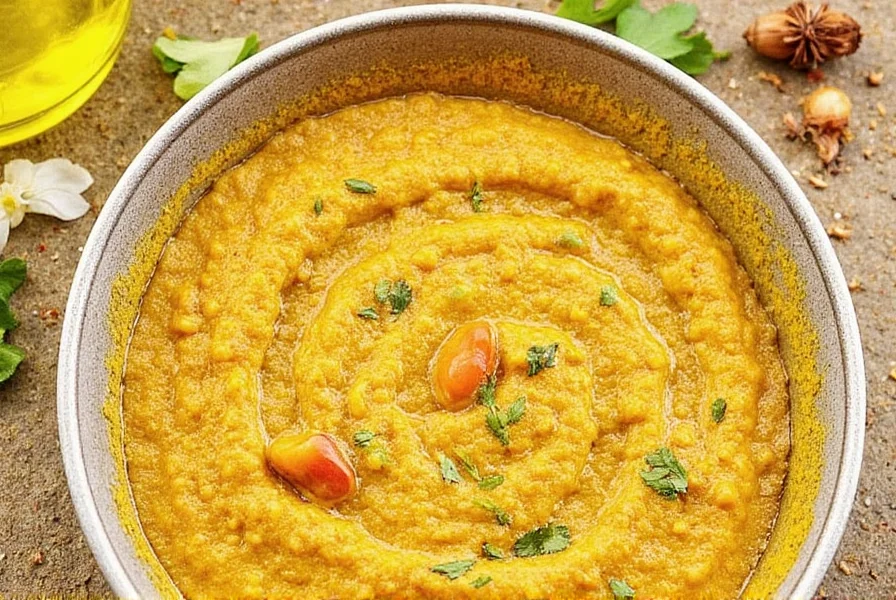









 浙公网安备
33010002000092号
浙公网安备
33010002000092号 浙B2-20120091-4
浙B2-20120091-4